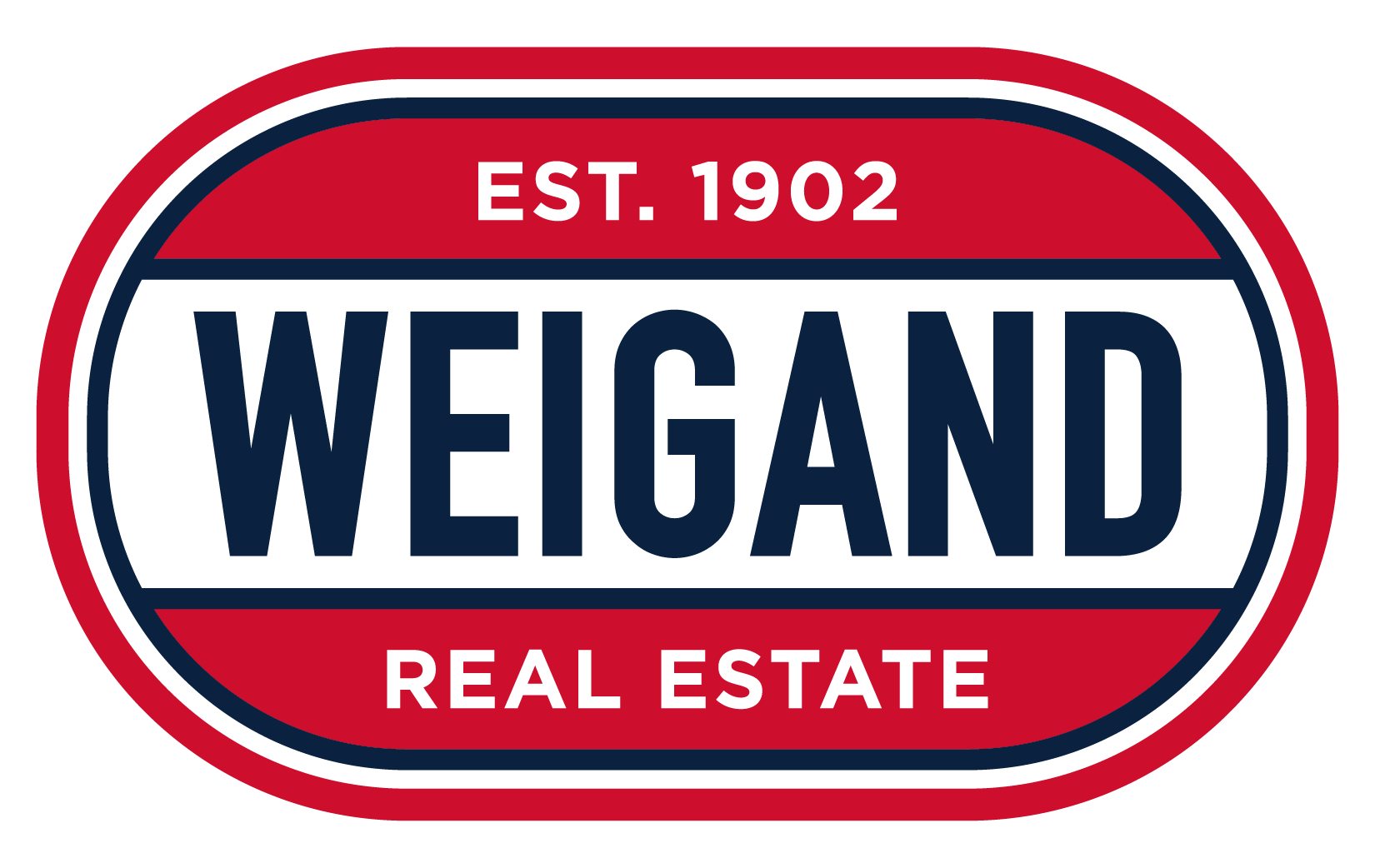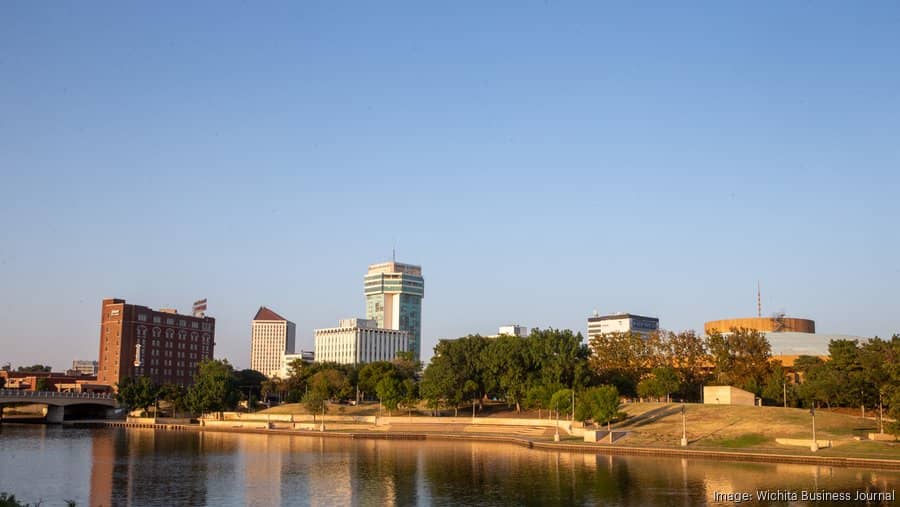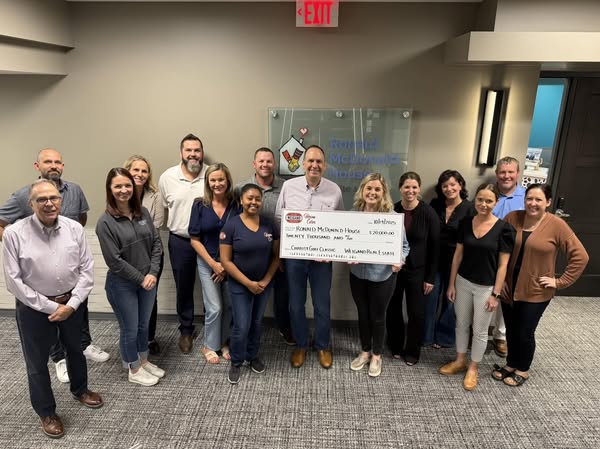Article Source: Wichita Business Journal – bizjournals.com | Published: Jan 14, 2025 | By Shelby Kellerman
Wichita has cracked the top 50 best-performing cities on the Milken Institute’s latest annual index that measures the economic vitality of 403 U.S. cities.
Continuing to climb out of a steep decline in recent years, Wichita landed 43rd on the ranking, which is 45 spots higher than last year and 111 spots higher than the year before.
….








